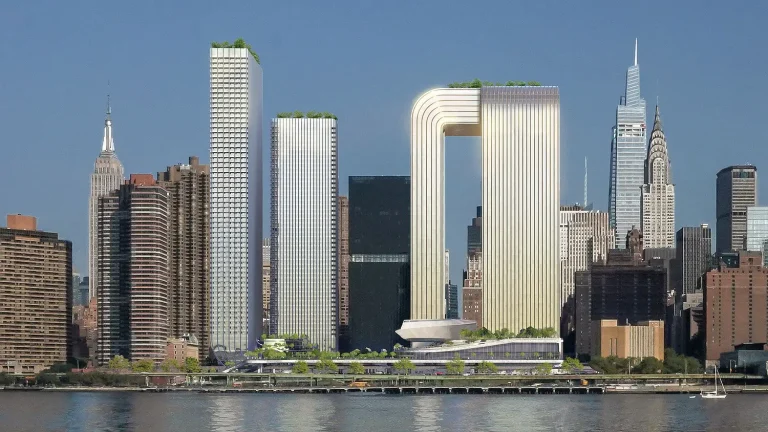Shifts in Workforce Dynamics
- Hybrid and Remote Work Models: The rise of hybrid and remote work has significantly altered space requirements. Companies need to reassess their office footprint to accommodate flexible working styles, which can lead to either downsizing or reconfiguring existing spaces to be more collaborative and versatile.
- Changes in Employment Numbers: Workforce reductions or expansions, particularly in response to economic conditions or sector-specific growth, can necessitate a revaluation of space needs. For example, tech companies experiencing rapid growth may need to expand their footprint, while others may downsize due to reduced staff.
Lease Renewals and Expirations
- Long-Term Lease Commitments: Given that leases are typically long-term, it is crucial to reassess space needs before renewing or signing new leases to avoid unnecessary expenses associated with unused space or the inefficiencies of overcrowding.
Financial Considerations
- Cost Savings: Downsizing can free up significant capital that can be reallocated to other strategic initiatives, such as enhancing remote work capabilities or improving employee benefits.
- Economic Uncertainty: During periods of economic uncertainty, optimising the office footprint can help manage costs more effectively and ensure that every dollar spent on real estate is justified.
Employee Feedback and Utilisation Data
- Employee Preferences: Regularly surveying employees to understand their preferences for remote versus in-office work can provide valuable insights into how much space is actually needed.
- Utilisation Tracking: Using sensors and analytics to track actual office usage can help identify patterns and optimise space allocation. This data-driven approach ensures that decisions are based on real usage rather than assumptions.
Strategic Realignment
- Business Strategy Changes: Shifts in business strategy, such as moving towards more collaborative and innovative work environments, can necessitate changes in office design and space requirements.
- Cultural and Branding Considerations: Maintaining a physical office can be important for reinforcing company culture and brand identity. However, this can often be achieved with a smaller, more efficiently designed space that still supports key cultural and operational needs.
By addressing these factors, companies can make informed decisions about their office footprint that align with their strategic goals, financial constraints, and evolving work patterns.



